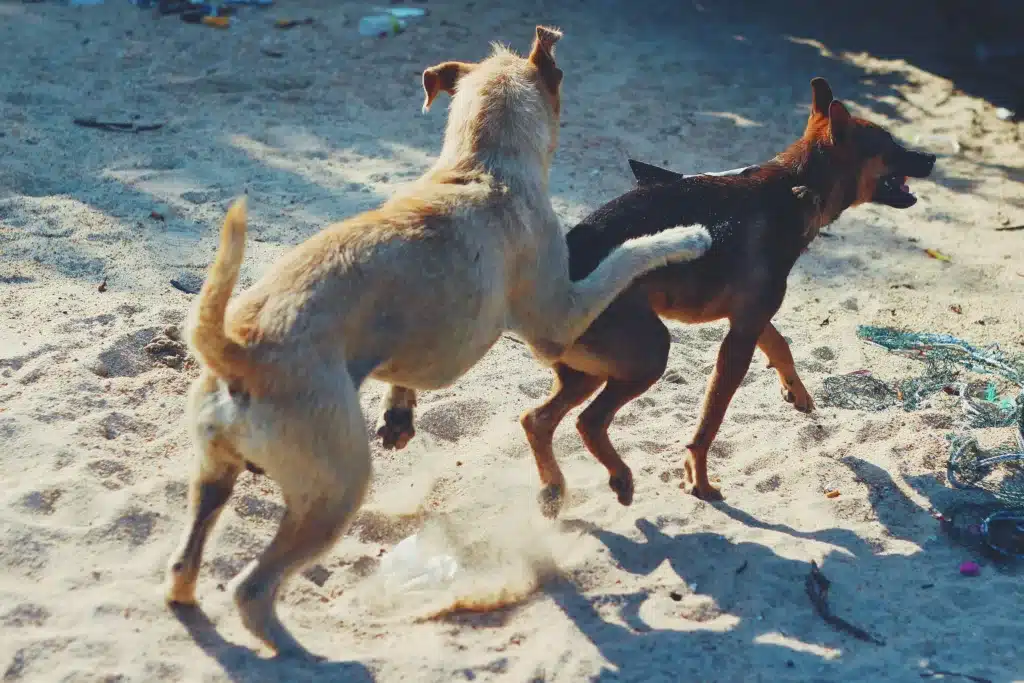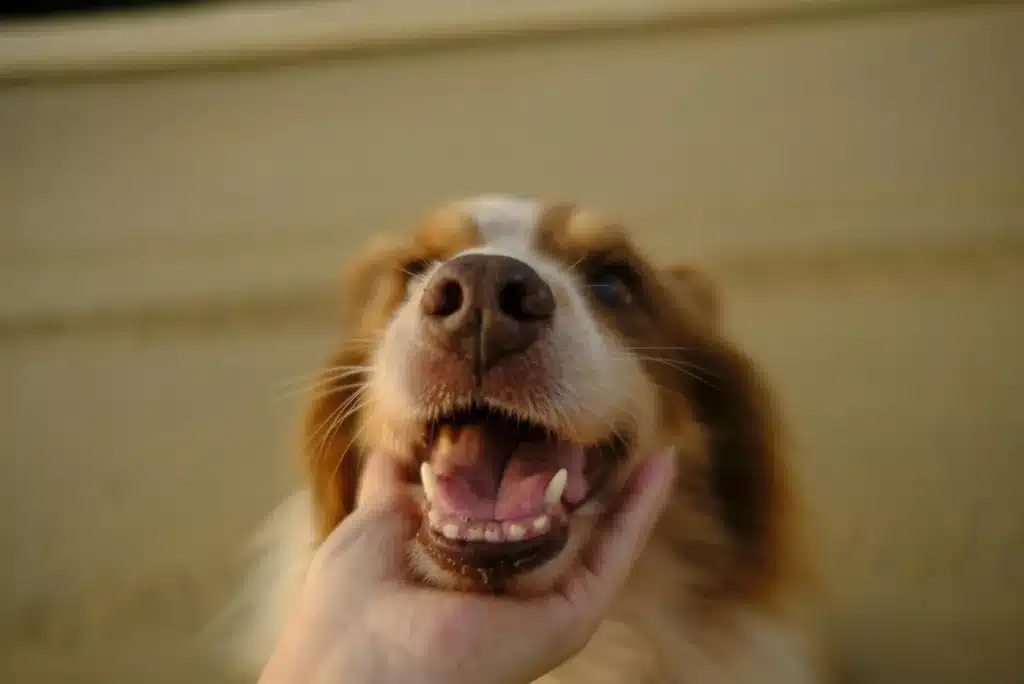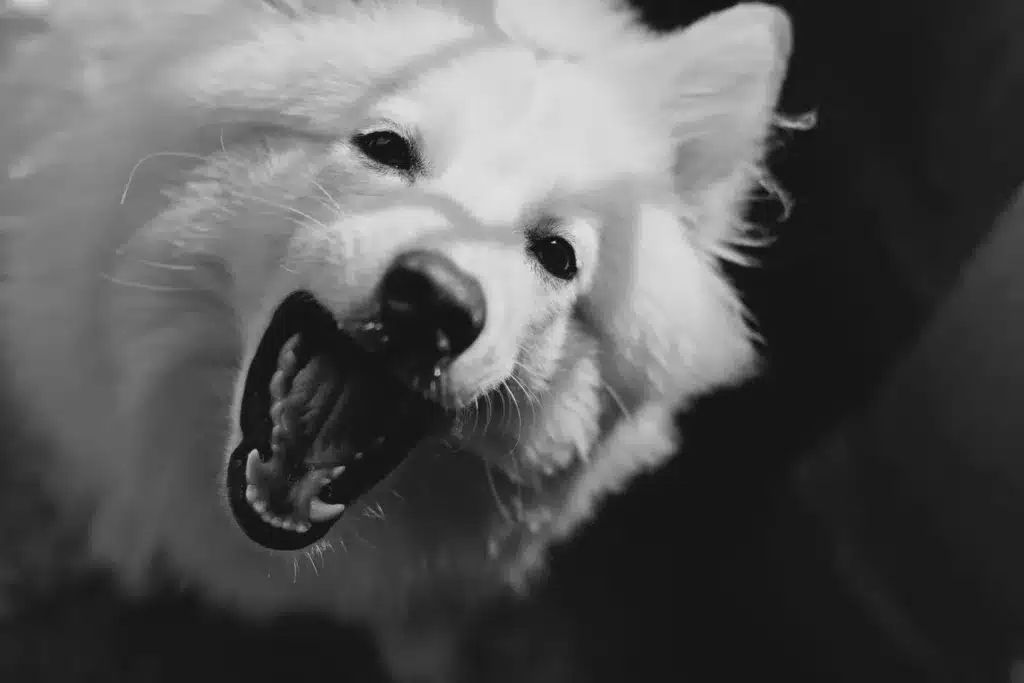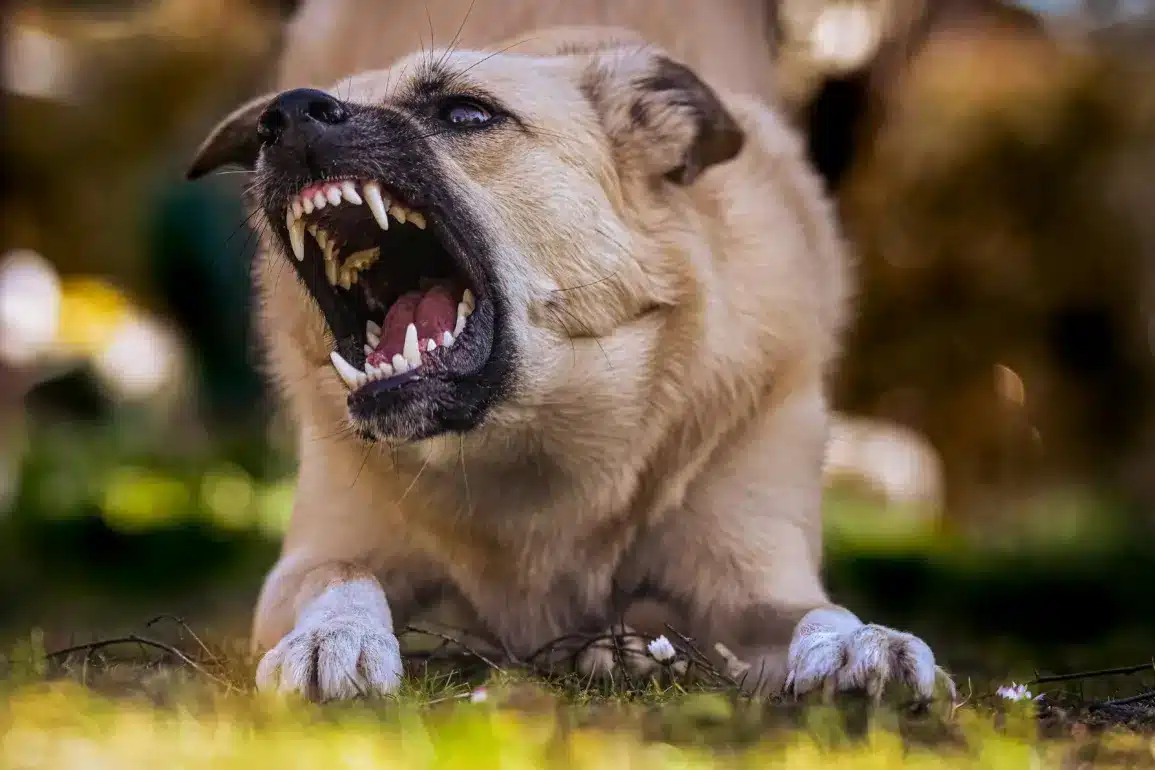Why Does My Dog Growl?
Dog growls are an intricate part of canine communication. As deeply social animals, communication is extremely important to dogs. Lacking words, our furry friends must use body language and vocalizations to express themselves within the pack. As such, growling is part of a dog’s ample vocabulary, used to get their point across and express their emotions.
As a curious pet parent, you may have noticed your dog growling in unusual situations. While this sound is typically associated with aggression, that’s not always the case. Understanding your dog’s rolling growls is about getting to know them better. It’s a form of communication that, once you understand it, leaves little room for misinterpretation.
While every dog and situation is unique, here are some common reasons dog growl
Dogs Growl When They Play
You may have noticed your dog growling when playing. This is a common behavior, particularly in terrier breeds. Playful growling is another way for your dog to express delight. It just means he’s having loads of fun and wants to keep playing!
It’s simple to tell if your dog’s growling is a signal of lightheartedness. Playful growling tends to be brief and higher in pitch. This distinctive vocalization is often accompanied by playful body language, such as lowering the front legs and raising the hindquarters. This combination of growling and playful posture is a common sign of cheerfulness.

Every dog has a different voice range. So, the more you pay attention to your dog while playing, the more you’ll be able to identify their playful growl. Don’t feel intimidated by their play growl, but always pay attention to any signs of escalation.
Dogs Growl To Show Aggression
Dogs are wired to protect themselves and their loved ones and will become aggressive only when they or those they care about are threatened. It’s an intricate part of their canine behavior, used to communicate to whomever may seem like a threat.
An aggressive growl comes more out of fear than actual aggression. It is their way of communicating that they need space. A clear notice to “stay clear, do not proceed”.
As soon as you perceive that your dog (or any dog) is growling out of aggression, take it seriously and back away. Give them space so they’ll understand that you are not a threat. If they are growling at another dog, remove your dog from the situation without touching them. If you’ve got them on a leash, pull the leash and encourage your dog to move along.

Dogs Growl to Show Pleasure
Sometimes, dogs will growl to show pleasure. Dogs make pleasure growls when they feel relaxed and are enjoying a belly rub or a petting session in their favorite body areas. The body language that comes along with a pleasure growl is usually relaxed and floppy. The lips tend to be soft and the ears are loose, and not drawn back.
When petting your dog’s belly it’s important to make sure they are comfortable and display their consent. You can even do a “consent test” by pausing occasionally and seeing if they ask you to continue, either by shoving their head under your palm or grabbing your hand with their paw.
Dog Growl out of Frustration
It’s common for dogs to growl out of frustration. They could be growling because they can’t reach their favorite toy, or because they want something they know they can’t get. Or maybe they want to greet you when you’re arriving home but you still haven’t gone through the gate.
Paying attention to a dog’s body language will usually let you know if they are growling out of frustration.
Unusual Growling/ Vocalisations
Some dogs emit unusual growls and vocalizations. This could be due to training—if they’ve been scolded for growling, they may adapt the sound to make it seem more acceptable. On the reverse, if they made a sound that was positively reinforced, they might adopt it as a regular vocalization to gain acceptance and appreciation.
How to Tell if Your Dog Is Being Aggressive
Aggressive growls will vary by a dog’s size and breed. However, aggressive howls tend to be longer, deeper, and lower-pitched. A growl should always be interpreted with the body language that accompanies it.
A dog who is showing aggression may have a stiff body posture with the tail held high in a tense manner. The eyes may be wide and the ears and lips pulled back, showing bared teeth.

Growling is Communication
Growls are an important part of a dog’s language. It’s another way for them to express emotions, such as pleasure and fear, and an important preservation tool. It’s important to always interpret a growl within the context, along with the body language that accompanies it.
It’s another fascinating medium through which to understand your dog better. Make each play session an opportunity to get to know your dog better and you’ll understand their language in no time!
Should I Punish My Dog for Growling?
While discipline and punishments are up to you as the dog owner, remember that growling is a form of canine communication and often a warning sign that something is wrong. Punishing your dog can lead to more dangerous behaviors down the line. Instead, focus on understanding why your dog is growling and addressing the underlying issue.


